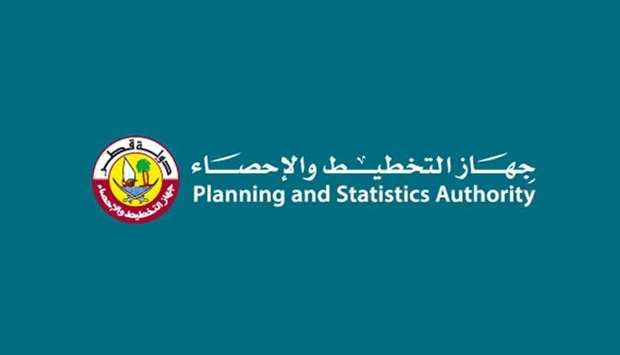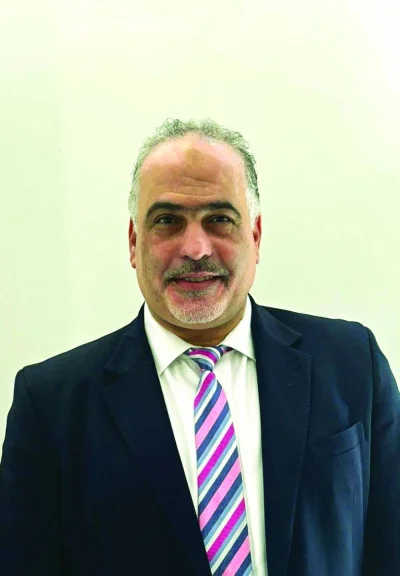Literacy figures in Qatar have shown a further improvement thanks to comprehensive plans to boost the education sector, according to a report issued by the Planning and Statistics Authority (PSA).
As reported by local Arabic daily Arrayah, the PSA report revealed that the illiteracy rate in 2018 had dropped to 1.2% as compared to the previous years for people aged 15 years and above.
In particular, the 15-24 age category saw an average illiteracy rate of less than 1% — with a break-up showing 0.7% for females and 1.1% for males.
The report attributed the figures to the country's comprehensive education plans and compulsory education, which contributed greatly to enhancing literacy rates during the 2014-2017 period.
The report also indicated that afternoon schools and literacy centres have also been greatly instrumental in achieving low rates of illiteracy among the country's population.
The total number of people who joined these schools and centres during 2016-2017 amounted to 1,540, with 81.2 % of them being females and 18.8 males.
The report highlighted that a majority of students who joined the primary and preparatory stages of these schools were females, indicating a strong desire for education for them.
It could be recalled that an Alpen Capital study had earlier observed that Qatar had the highest adult literacy rate in the GCC in 2015, at 97.8%.
According to the report, the country has been keen to offer high-quality educational services and increase the number of government schools while also encouraging the creation of private schools.
Accordingly, considerable development has been achieved at various educational stages with a noticeable increase in the number of students from the primary to the university level.
The were around 146,000 primary school students in the 2016-2017 academic year, with 51.2% being boys and 48.8% girls, while the number of teachers were 12,425, with some 81.1% of them being women.
As for the preparatory and secondary stages, the number of students in 2016-2017 were 102,000, with 51.3% of them being males.
Besides, there were 9,893 teachers and 53.3% of them were women.
Further, the report showed there were some 31,000 university students in the same academic year with females accounting for 68.8% and males 31.2%. The number of university graduates were 5,521 that year, with 66.4% of them being females.
This indicated that women were particularly keen to complete their university education while men tried to enter the labour market early on, according to the report.
Meanwhile, the number of teaching staff at all universities and colleges amounted to 2,335 for the same period, with 66% of them being men.
Regarding the number of education centres in the country in 2017, the report said these amounted to 80 training centres and a majority were private ones.
These had a total number of around 278,000 trainees and 33% of them were females.
The majority of Qatari trainees were involved in administrative fields during this period.
Generally speaking, the majority of all male trainees got training in aviation and related operations with 37.3%, while a majority of female trainees — 47% — got training in the administrative field.
The total number of trainers at these centres for 2017 amounted to 1,536, with 18% of them being females.
In particular, the 15-24 age category saw an average illiteracy rate of less than 1% — with a break-up showing 0.7% for females and 1.1% for males.
The report attributed the figures to the country's comprehensive education plans and compulsory education, which contributed greatly to enhancing literacy rates during the 2014-2017 period.
The report also indicated that afternoon schools and literacy centres have also been greatly instrumental in achieving low rates of illiteracy among the country's population.
The total number of people who joined these schools and centres during 2016-2017 amounted to 1,540, with 81.2 % of them being females and 18.8 males.
The report highlighted that a majority of students who joined the primary and preparatory stages of these schools were females, indicating a strong desire for education for them.
It could be recalled that an Alpen Capital study had earlier observed that Qatar had the highest adult literacy rate in the GCC in 2015, at 97.8%.
According to the report, the country has been keen to offer high-quality educational services and increase the number of government schools while also encouraging the creation of private schools.
Accordingly, considerable development has been achieved at various educational stages with a noticeable increase in the number of students from the primary to the university level.
The were around 146,000 primary school students in the 2016-2017 academic year, with 51.2% being boys and 48.8% girls, while the number of teachers were 12,425, with some 81.1% of them being women.
As for the preparatory and secondary stages, the number of students in 2016-2017 were 102,000, with 51.3% of them being males.
Besides, there were 9,893 teachers and 53.3% of them were women.
Further, the report showed there were some 31,000 university students in the same academic year with females accounting for 68.8% and males 31.2%. The number of university graduates were 5,521 that year, with 66.4% of them being females.
This indicated that women were particularly keen to complete their university education while men tried to enter the labour market early on, according to the report.
Meanwhile, the number of teaching staff at all universities and colleges amounted to 2,335 for the same period, with 66% of them being men.
Regarding the number of education centres in the country in 2017, the report said these amounted to 80 training centres and a majority were private ones.
These had a total number of around 278,000 trainees and 33% of them were females.
The majority of Qatari trainees were involved in administrative fields during this period.
Generally speaking, the majority of all male trainees got training in aviation and related operations with 37.3%, while a majority of female trainees — 47% — got training in the administrative field.
The total number of trainers at these centres for 2017 amounted to 1,536, with 18% of them being females.



